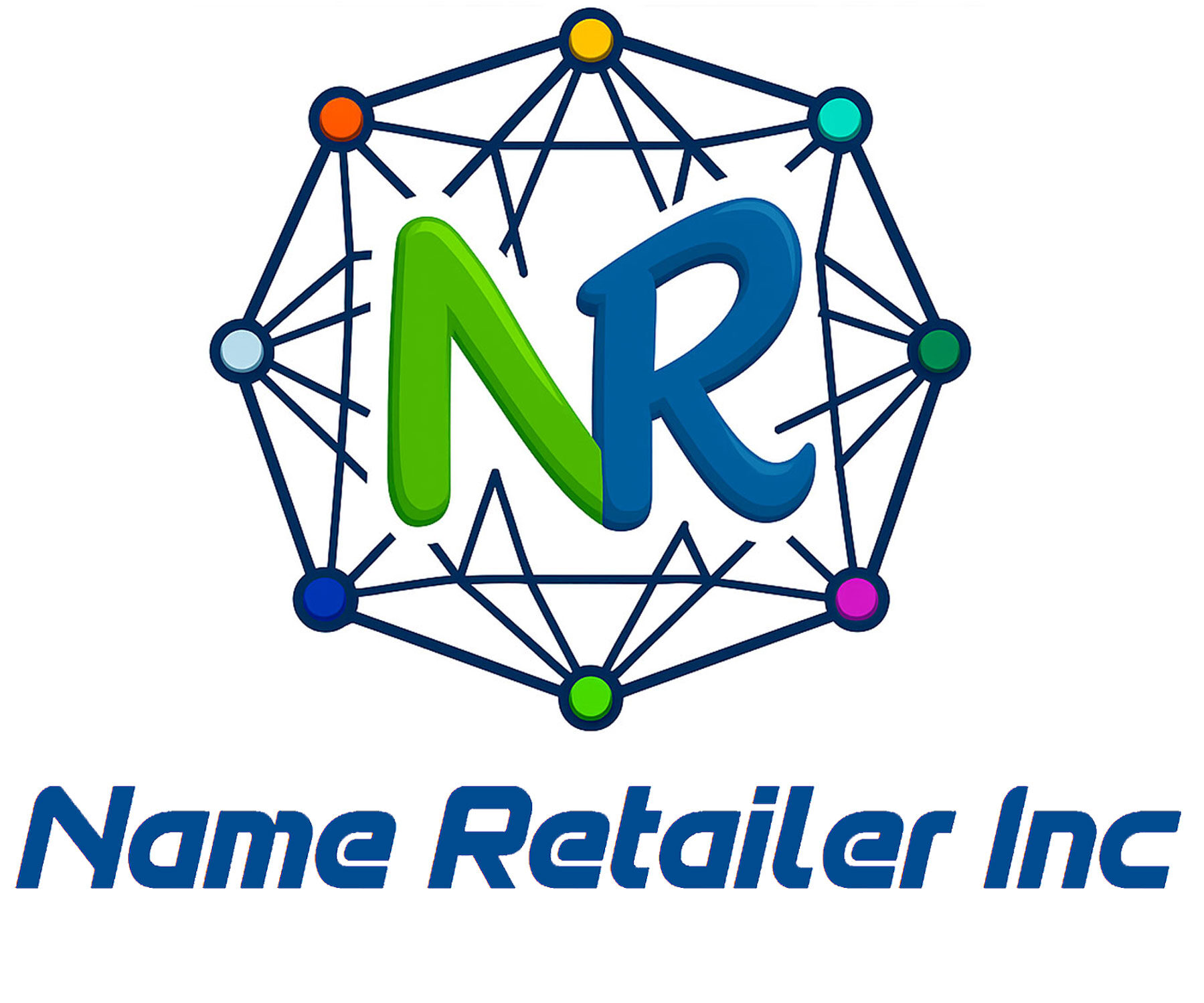Definition of Domain Authority: Understanding It Clearly
When you hear the term definition of domain authority, it’s natural to wonder what exactly it means. Simply put, domain authority (DA) is a score that predicts how likely a website is to rank on search engine result pages (SERPs). It was developed by Moz and is now widely used in the SEO community. Unlike what some beginners think, it’s not a score given by Google but rather a metric calculated using algorithms that analyze backlinks, content, and site quality.
For example, a site with thousands of good backlinks from reputable sites usually has a higher DA. New websites usually start with a DA of 1. If your site’s DA is improving over time, it indicates that your SEO efforts are paying off. Remember, though, DA is a relative measure your aim is to have a better DA than your competitors.
Domain Authority Ahrefs: How Does Ahrefs Measure It?
One popular question is: how does domain authority Ahrefs measure? Actually, Ahrefs does not use the exact term “domain authority.” Instead, Ahrefs has its own metric called Domain Rating (DR). It is very similar to DA in purpose but calculated differently. DR focuses primarily on the backlink profile of a site.
If you check your site’s DR in Ahrefs, you’ll notice it is scored from 0 to 100, just like DA. The higher your DR, the stronger your backlink profile appears to be. People often confuse DA and DR, but it’s good to know that both give an idea about your site’s SEO strength. For example, if your DR is 45, you can roughly compare it to a DA in the same range, but they won’t always match exactly.
Domain Authority Checker Semrush: How to Use It
A lot of webmasters ask: where can I check domain authority? The answer is you can use many tools, and one of the most popular is Semrush. They offer a domain authority checker Semrush feature called Authority Score. This score is very much like DA, but with its own calculations. Semrush considers backlinks, organic traffic, and spam signals.
To use it, simply type your domain in Semrush’s search bar, and you’ll see the score on your dashboard. It’s a quick way to compare your site to competitors or to track progress after a link-building campaign. Even though the names are different (DA, DR, Authority Score), they all serve to measure the authority of a site in the eyes of search engines.
Domain Authority Definition and History
People often mix up definitions. Let’s set it straight: the domain authority definition is a metric created by Moz to predict how well a site ranks in search results. The domain authority history started when Moz launched the metric as a response to the need for a simple way to measure site strength.
In the beginning, it was just a small part of the SEO toolkit, but over the years, DA became one of the most discussed metrics. It’s not perfect, but it gives webmasters a goal to aim for. Knowing its history helps understand its purpose it was never meant to be an official Google ranking factor, but rather a useful guide.
Domain Authority Is 12 Means: Should You Worry?
If you’ve checked your site and see that the domain authority is 12 means, you might feel disappointed. But don’t worry yet! A DA of 12 is typical for a new or small site. It just means you need to work on improving your backlink profile and publishing quality content.
For example, if you start guest posting and get a few good backlinks, your DA can improve to 20+ in a few months. Many successful blogs started with low DAs and worked their way up. Use it as motivation rather than discouragement.
Domain Authority Meaning: What Is a Good Score?
Finally, what is the domain authority meaning, and what is considered good? Generally, DA scores range from 1 to 100. The higher the score, the better your chances to rank higher on SERPs. A DA below 20 is low, 20–40 is fair, 40–60 is good, and 60+ is excellent.
When people ask domain authority what is a good score, the answer depends on your niche. In competitive niches, even 50 might not be enough, but in less competitive ones, 30 could do fine. The key is to always compare your DA with your competitors rather than chasing an absolute number.
Some quick tips to improve DA:
- Build high-quality backlinks through guest posting.
- Create valuable, shareable content.
- Fix technical SEO issues on your site.
- Avoid spammy link-building tactics.
Lastly, don’t confuse DA with PA. The domain authority vs page authority difference is simple: DA measures the whole domain’s authority, while PA measures the authority of a single page. Both are important but serve different purposes.




